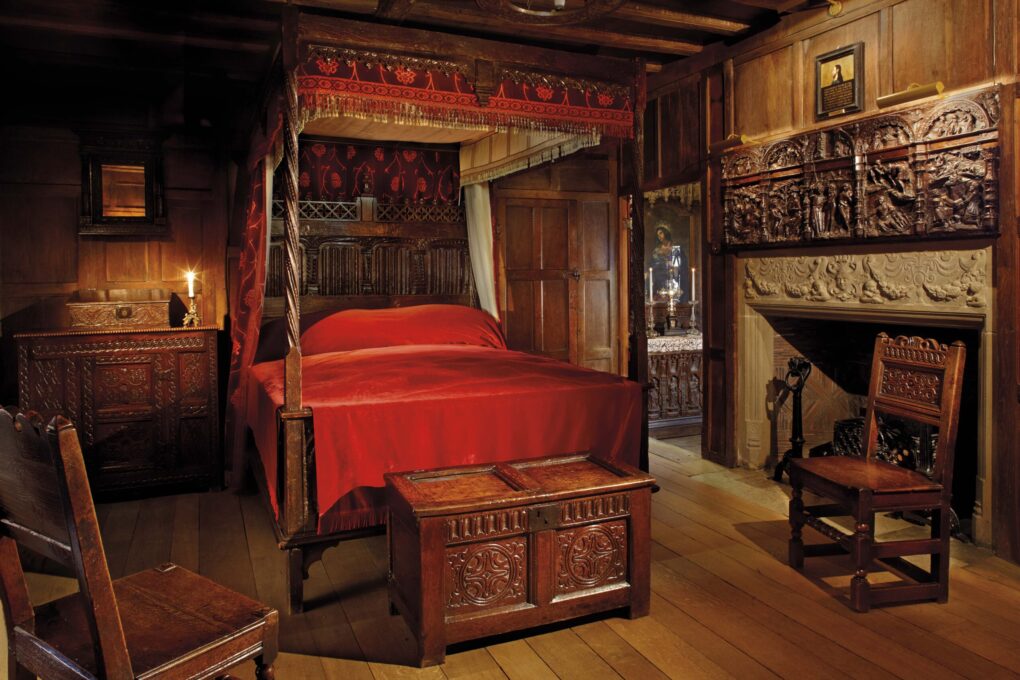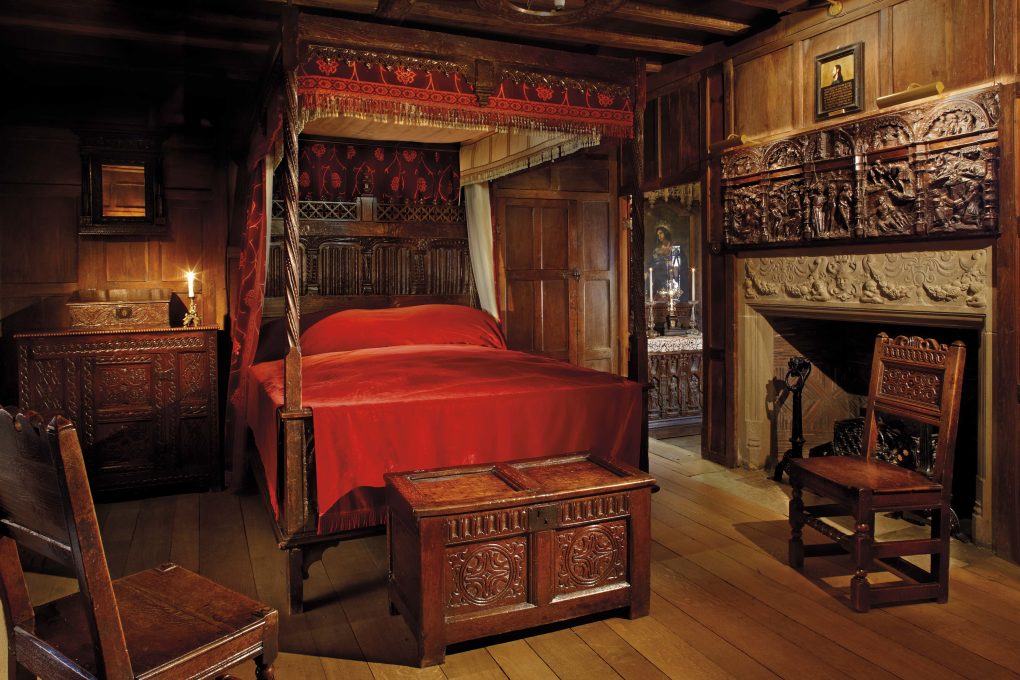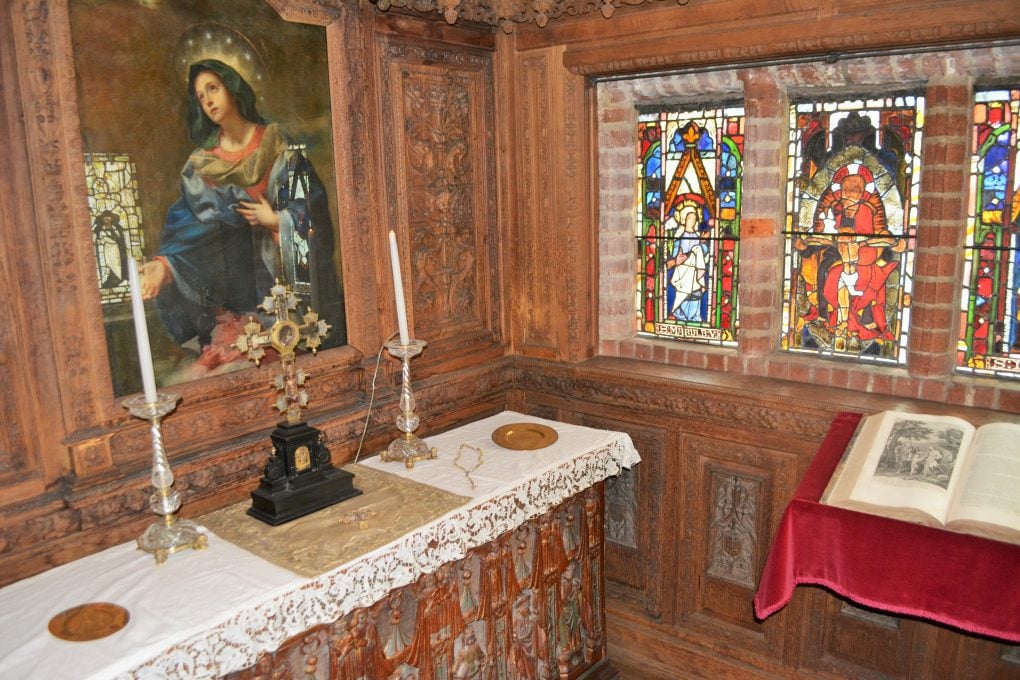
 Alcoves are the theme for #TudorTuesdays with Historic Houses.
Alcoves are the theme for #TudorTuesdays with Historic Houses.
Alcoves are probably something we take for granted. The spaces we use for shelves on either side of a chimney breast; the handy little nooks we turn into cupboards, or which just fit a wine rack or a free-standing lamp.
But what are alcoves and what did the Tudors use them for?
Alcoves are a popular architectural feature dating back to the Roman times, where they often appeared as semi-circular recesses in which to display statues in large homes and official buildings. These classical alcoves were often more ornamental than the ones we are used to today, given that they were usually framed by pillars and elaborate mouldings.
During the medieval and Tudor times, alcoves retained a similar function, albeit with the frequent addition of curtains or wooden partition walls to separate these spaces from the main hallways or rooms of which they were part of.
The small chapel in the Waldegrave Room at Hever Castle is a good example of what a Tudor alcove may have looked like; with its ornate wooden screens making it almost appear to be a separate room of its own, which therefore made it the perfect location to hide a secret oratory.

If you enjoyed this item on alcoves why not discover the previous #TudorTuesdays news items:
Book your visit to Hever Castle & Gardens.
Within the grounds of the Hever Castle Estate, there are two opportunities for you to stay the night with us.
Hever Castle has played host to many important events and celebrations for over 600 years. In 1903 when William Waldorf Astor set about restoring Hever Castle to its former glory, he added the Astor Wing, to accommodate his family and guests, before creating a lake and the spectacular Italian Garden to house his impressive collection of ancient Greek and Roman statuary.
There are multiple places to eat & drink across the Hever Castle Estate. Select between the Castle & Gardens and Golf Club below to discover more.
Set in the mature grounds of the Hever Castle Estate, Hever Castle Golf Club is a 27 hole Kent golf course that will encourage and inspire all golf enthusiasts.
Set in the mature grounds of the Hever Castle Estate, the Wellbeing Centre consists of five smart treatment rooms.